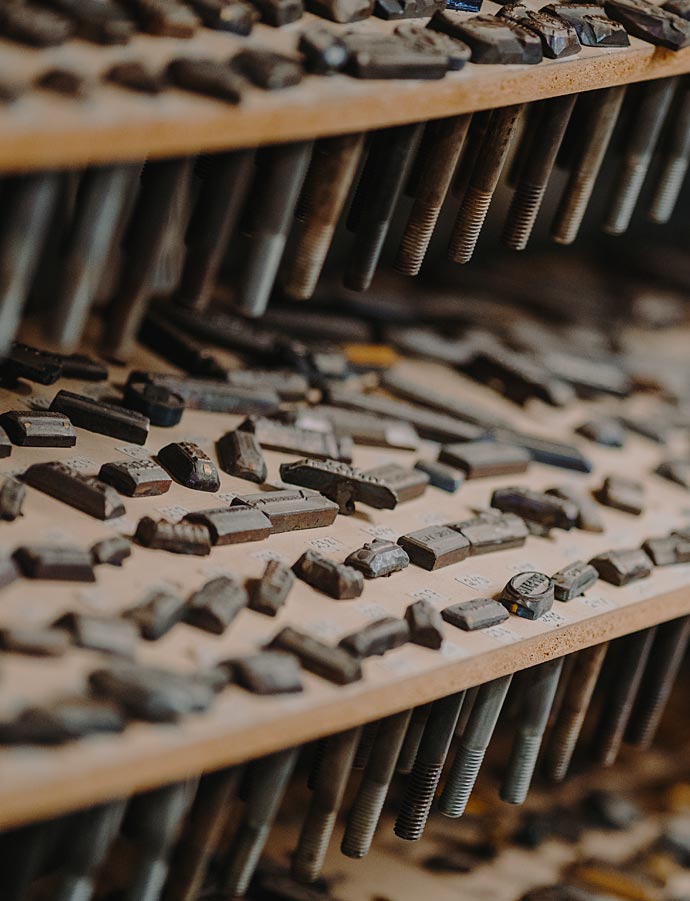
The Tinfish tin lure was developed by Mikko Ilmonen, former CEO of Iisakki Järvenpää Osakeyhtiö. Mikko Ilmonen (1939-2002) was not only an accomplished designer but also the grandson of Nestor Järvenpää, the son of Iisakki Järvenpää. He served as the company's CEO from 1988 to 1999, having previously held various roles within the company.
The production of the Tinfish tin lure began in 1975, after years of research and experimentation. The design extensively studies the scientific behavior of fish, incorporating these stimuli into the shape, colors, and movement of the lure. It mimics the movement and appearance of an injured fish, stimulating a predator's hunting instinct even outside optimal feeding times.
Marketing for the Tinfish officially began in 1977, but production ceased soon after. Despite strong demand, especially abroad, the rising production costs made it uncompetitive against the incoming imports from the Far East. To remain competitive, it was clear that expanding the product range and reducing prices through increased volume would be necessary. Consequently, the resources allocated for Tinfish production were redirected to other products.
However, old blanks, parts, and tools were kept, and in 2016, production of the Tinfish resumed. Every part used now comes from the 1970s stock. The aluminum blanks and lead weights are from that era, as are the hooks made by Norwegian manufacturer Mustad and the plastic eyes. These old components have been repressed into shape using the original tools and are assembled by hand. The painting is done using one or two colors applied with a sponge. The box, which includes an English description and a transparent bubble containing the Tinfish, is also from the 1970s stock.
The production of the Tinfish involves a total of six pressings and a significant amount of handwork, but it is still done using the same tools and methods as originally intended – as is our way.
